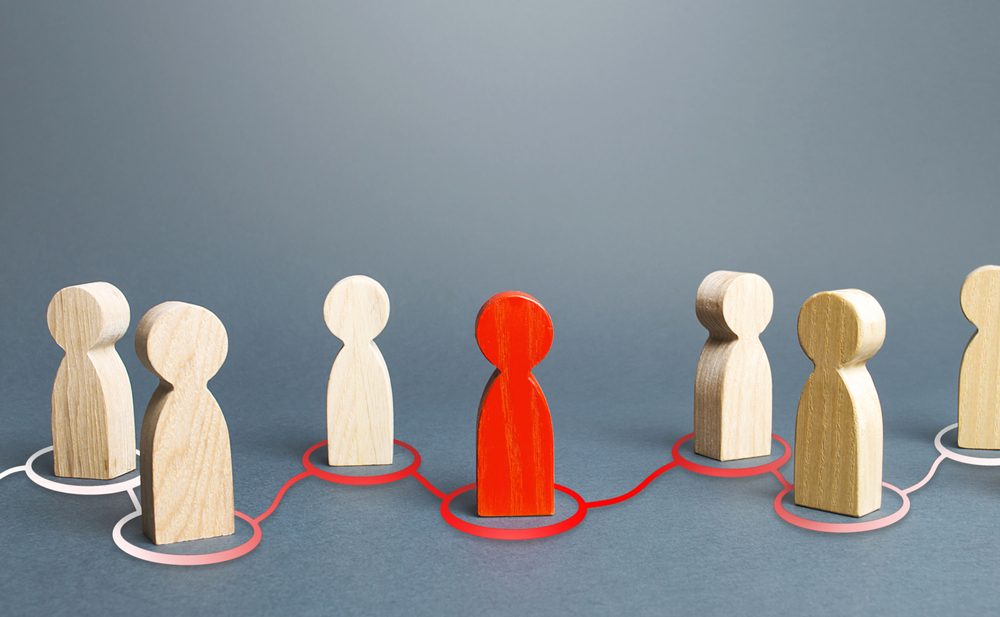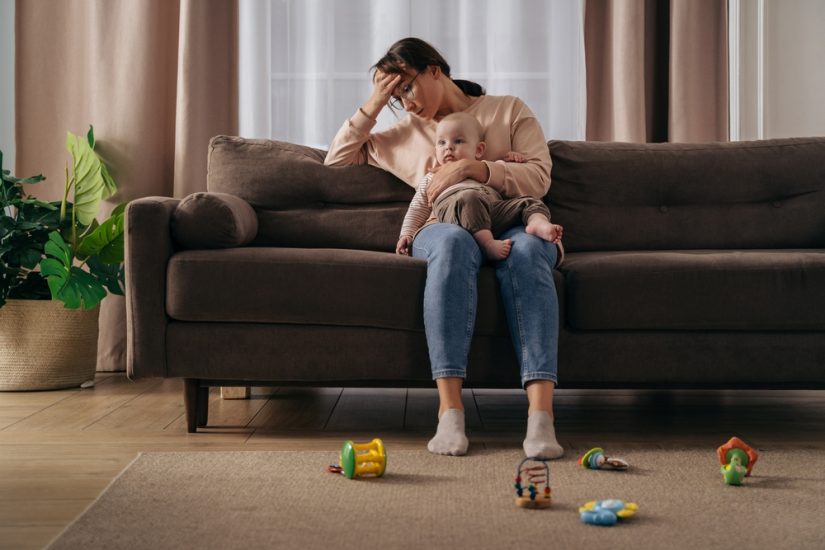- August 24, 2023
- by Shalini Murmu
- Psychotic Disorder
Within the complex pathways of the human mind, mental health disorders emerge in diverse ways. One such perplexing phenomenon is Shared Psychotic Disorder, a captivating psychological enigma that delves into the depths of how our relationships with others can shape our perceptions, beliefs, and realities. Here, two minds intertwine, leading to a shared descent into a distorted version of reality. But what triggers this to happen? What signs should we watch for, and can shared psychotic disorder be treated? Let’s find out.
Shared Psychotic Disorder is when one person’s strong, untrue beliefs start affecting another person’s mind too. This is rare and happens when a mentally healthy person gets influenced by someone else’s false beliefs, especially if that person has a serious mental disorder. This shared false belief can make both people believe in things that don’t make sense and are not true.
How Does It Influence?
Shared Psychotic Disorder is like a puzzle where different pieces come together to create a bigger picture. Think of it as a story where connections between people, their vulnerabilities, and their need for companionship play a big role. Let’s say, there are two characters. The “inducer” and the “recipient.” The inducer is the protagonist who already has strong false beliefs because of an undiagnosed mental health disorder. The recipient is like a canvas – they start believing the same false things due to how attached they are to the inducer, often being a family member or close friend.
The delusions of the inducer are so strong that they gradually seep into the recipient’s thoughts. At first, the recipient might be skeptical or resist these beliefs, but over time, they begin to accept them too. This is fueled due to many reasons, like dependency on the inducer, feeling emotionally connected, and desire to maintain the relationship strong. It’s a condition where emotions and thoughts mix to create something new.
Real-Life Example Of Shared Psychotic Disorder
A tragic and disturbing example of Shared Psychotic Disorder, the Burari case from Delhi, India, reveals the intricacies of this rare mental health condition. In 2018, in the Burari neighborhood, eleven members of a family were found dead under mysterious circumstances.
As details emerged, it became clear that the deaths were a result of a shared delusion that had taken hold of the family. The primary inducer of the delusion was the family’s patriarch, Lalit Chundawat, who reportedly believed he was receiving messages from a supernatural entity guiding the family toward salvation. This belief system involved certain rituals and instructions, some of which were said to ensure the family’s spiritual well-being.
The rest of the family members, the recipients, became drawn into this shared delusion. Their emotional closeness to Lalit, as well as their deep-rooted beliefs in his guidance, led them to follow the rituals despite their bizarre and dangerous nature.
The primary inducer’s delusions, fueled by an existing psychotic disorder or mental instability, can spread to the secondary recipients, often family members or close friends, through a mix of emotional bonds, dependence, and trust. This situation shows how important it is to learn about and notice such situations, both for the person with the mental issue and the people who care about them.
Shared Psychotic Disorder Symptoms
The shared psychotic disorder symptoms primarily revolve around the shared delusion of the dominant or influential individual that can vary intensity-wise.
- Shared delusions from the primary inducer to recipients.
- Highly influential and imitating the inducer’s behavior, language, and thought patterns.
- Exhibits a lack of critical thinking regarding the delusional belief and defends it even in the face of contradictory evidence.
- Having strong emotions related to the shared delusion that creates a sense of unity between them.
- Being increasingly isolated from reality as delusions get ingrained.
- Facing impaired social, occupational, and personal functioning.
- Developing a sense of dependency on the inducer due to the emotional bond forged through the shared delusion.
- Difficulty in getting out it due to the influence.
What Causes Psychotic Disorders?
When someone has gone through past traumas, it can sometimes lead to stress-induced psychosis. This means they might start having experiences like hearing things that aren’t there, believing things that aren’t true, or having confused thoughts. Interestingly, in shared psychotic disorders, these kinds of experiences can also affect people who haven’t had mental health issues before or who might be more likely to experience such things.
In the midst of a psychotic episode, the recipient starts to encounter the world as the inducer sees it, adopting shared beliefs that lead to the emergence of delusions and potentially even hallucinations.
Psychosis Treatment
Mental health professionals tailor a treatment plan based on the given treatment options with respect to the individual’s specific condition and needs.
- Antipsychotic medications
- Psychotherapy
- Supportive therapy
- Rehabilitation programs
- Inpatient/Outpatient options
- Electroconvulsive Therapy (ECT)
- Complementary and Alternative Therapies
- Peer support groups
North America Behavioral Health Services
Have a dear one who might be struggling with a shared psychotic disorder? Don’t hesitate to connect with North America Behavioral Health Services. Our mission is to link you with top-notch mental health specialists who are adept at guiding individuals through psychotic disorders. Embrace the opportunity to break free from the shackles of long-standing mental health concerns. Let us be your compass on the path to healing and renewal.














